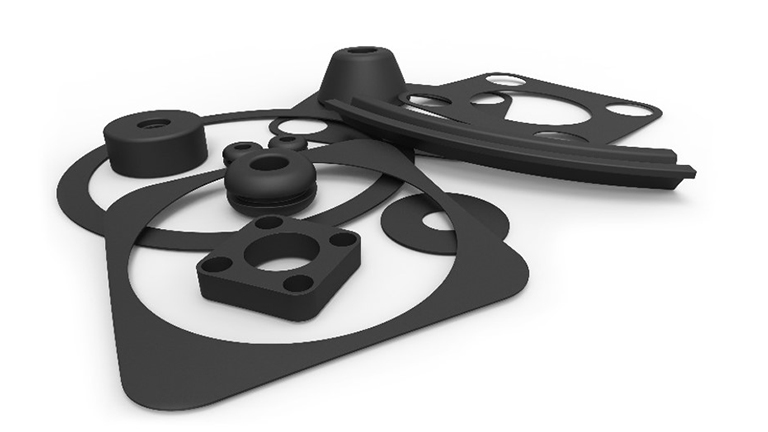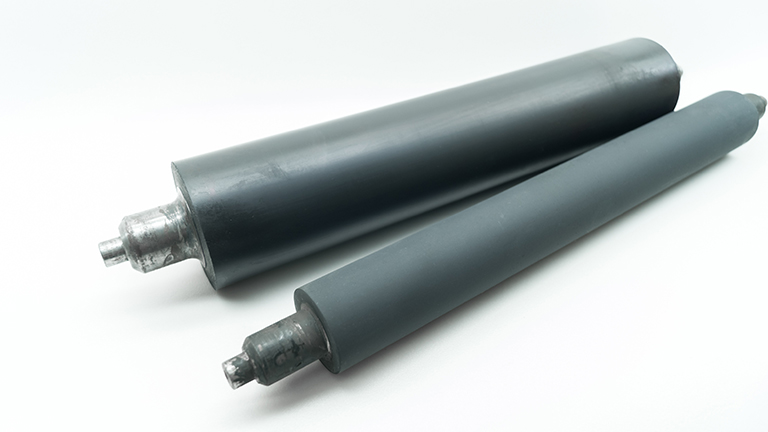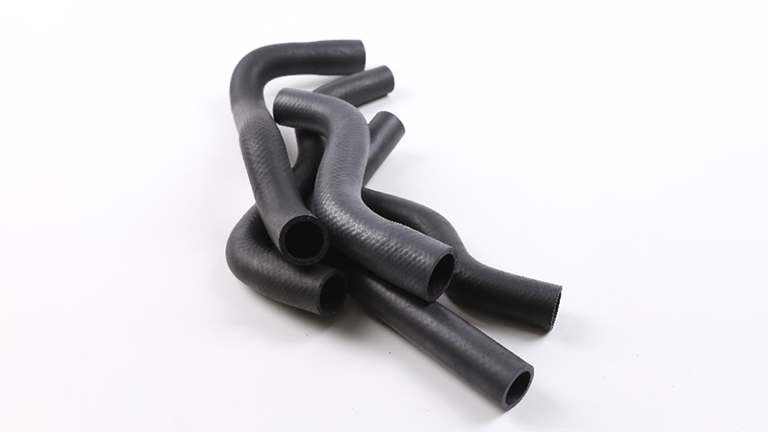About EBT
Excellent low-temperature flexibility and adhesion
Compared to conventional EPDM,
EBT has better low-temperature properties,
with superior low-temperature flexibility and adhesion.
Features of EBT
The polymer design was changed from an ethylene-propylene-diene composition to an ethylene-butene-diene composition.
The copolymerization of butene in the comonomer has improved the motility of the main polymer chain compared to conventional EPDM.
EBT exhibits superior low-temperature properties and adhesion in comparison with conventional EPDM.
Polymer structure
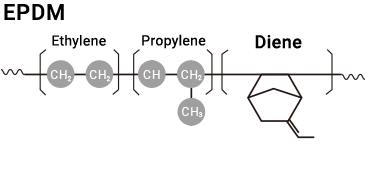
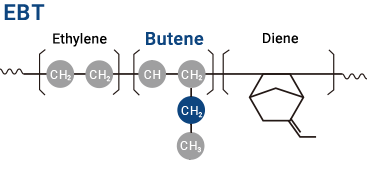
Structural image
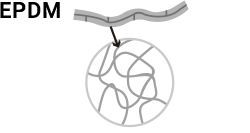

Three reasons why customers choose it
Improved low-temperature properties
Remains flexible at low temperatures previously unattainable with conventional EPDM
Improved adhesion
Improved peel strength with canvas through improved adhesion
Low friction loss
Contributes to improved fuel efficiency by reducing friction loss
Applications
Functions
EBT
-
 Flexibility(low hardness)
Flexibility(low hardness)
-
 Low-temperature properties
Low-temperature properties
-
 Adhesion
Adhesion
Product lineup
- K-9330M
- K-8370EM

